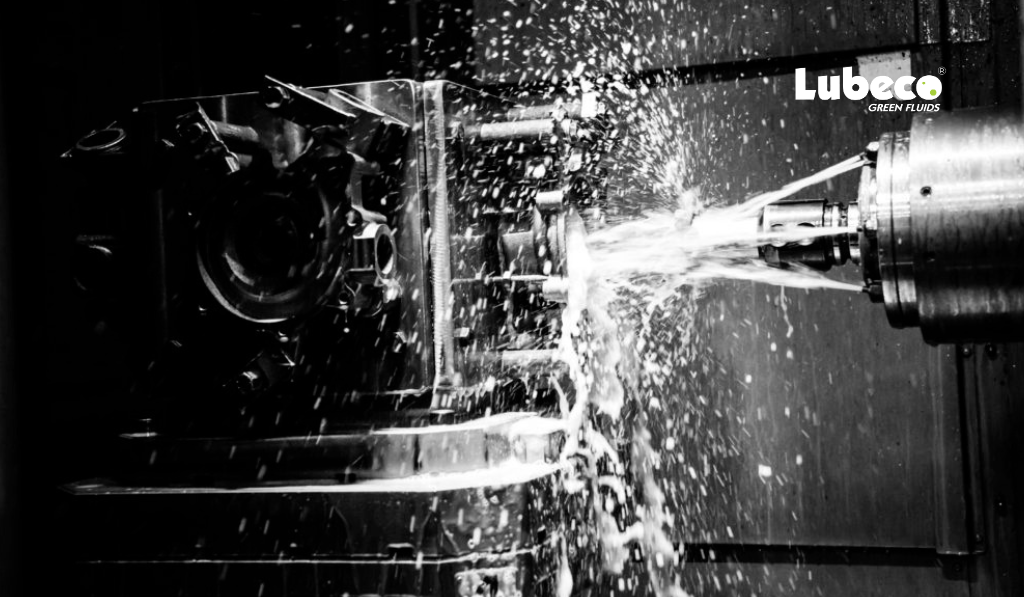In metalworking, it is essential to monitor and control friction and heat as much as possible. In order to do so, cutting fluids are often used in metal cutting processes to minimize the friction between the cutting tool and the workpiece, and consequently reduce heat generation as much as possible.
To achieve the best results, taking care of equipment is just as necessary as the machining process itself. Though the properties of cutting are largely the same, different kinds of cutting fluids are used for various purposes and various kinds of operations.
Properties of cutting fluids
In order to be holistically effective, cutting fluids have a high heat absorbing capacity as well as a high flash point, which ensures that they help avoid fire hazards, heat damage and keep the temperature from rising too much. Apart from having good lubrication properties, these fluids also possess lower viscosity. This means that they flow more easily and are able to get to all the required parts of the machinery. Another important factor is that cutting fluids do not react chemically with the surfaces they contact, and being chemically stable is vital as cutting fluids are used in a lot of different kinds of operations.
Why are cutting fluids necessary
During the process of machining, The temperature around the cutting area starts to rise due to friction between the cutting tool itself and the chips produced from the cutting. As the operations progress, this heat continues to increase in the cutting zone, which affects both the metal being cut and the components of the machine. Over time, this can result in wear and tear as well as potential breakage of the cutting tool and saw blades.
How the cooling takes place
To avoid this, cutting fluids are used as coolants and lubricants for maintaining optimal temperature. As the fluids pass over the tool and workpiece, they extract heat through conduction and reduce thermal expansion and contraction of the parts. This ensures that the machined parts retain their intended dimensions.
Types of cutting fluids
There are primarily 4 types of cutting fluids, including-
- Solubles- They are also known as emulsifiable fluids, mixed with water before use and often contain around 30-50% oil. Mostly solubles are used in large-scale operations.
- Synthetic fluids- These are the most versatile type of cutting fluids, and are often used in grinding operations. A higher concentration of additives allows them to last longer and work best as coolants.
- Semi-synthetic fluids- Comprising approximately 35% oil, these fluids are a combination of oils and synthetic fluids.
- Straight oils- These are used mostly in processes such as drilling, tapping, milling and turning.
Opting for high-quality cutting fluids can help derive optimal benefits. Selecting the right kind of cutting fluid can give the best protection to the machinery and ensure safety during the metal cutting operations.










